The Most Endangered Historic Places Across America
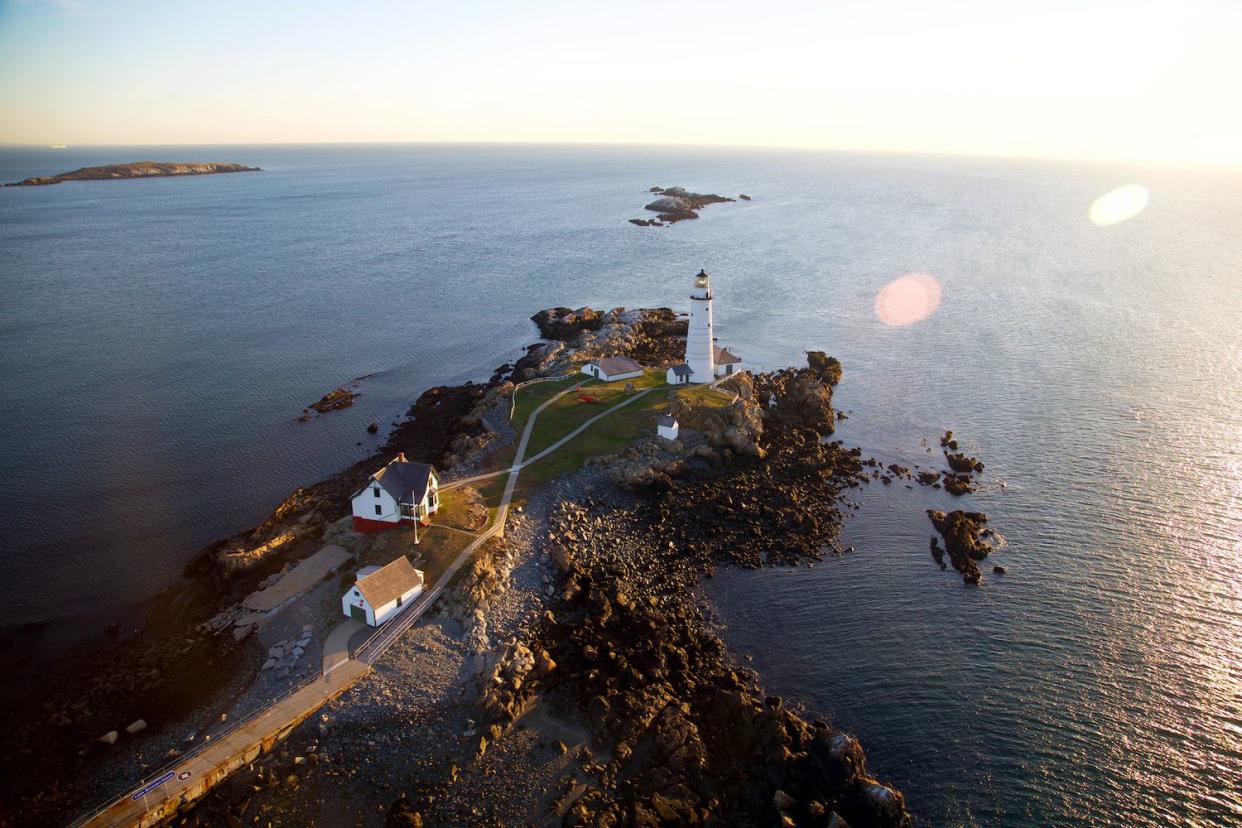
Sure, some people prefer the new to the old, but the value of history cannot be denied. Due to the ravages of time, the economy, and more recently the pandemic, many American historic sites are struggling. Since 1988, the National Trust for Historic Preservation has been releasing an annual list, “America’s 11 Most Endangered Historic Places,” to raise awareness of threatened treasures. Read on for a selection of sites the nonprofit organization has deemed worth saving — and why — in its most recent annual spotlights.
Related: Once Popular Tourist Hotspots That Are Now Totally Abandoned
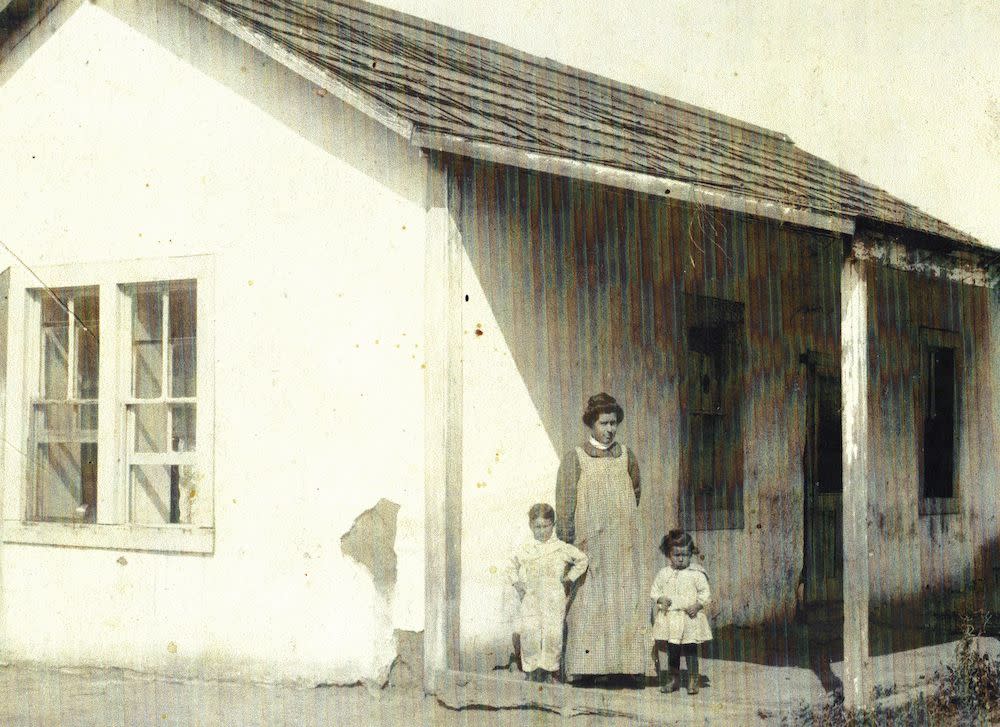
Riverside, California
This 1862 adobe, today considered the oldest-known structure in Riverside, was built by the Trujillo family. It remains a testament to the history of migration and settlement in inland Southern California, recognized by the National Trust earlier this year. Today, the site has deteriorated and has become fragile and is surrounded by a wooden structure designed to protect the historic building. The Spanish Town Heritage Foundation remains active in seeking its preservation and creating a cultural and educational site to serve the community. In 2022, the structure was granted $10 million for preservation in the California budget.
Related: The Oldest Building in Major Cities Across America
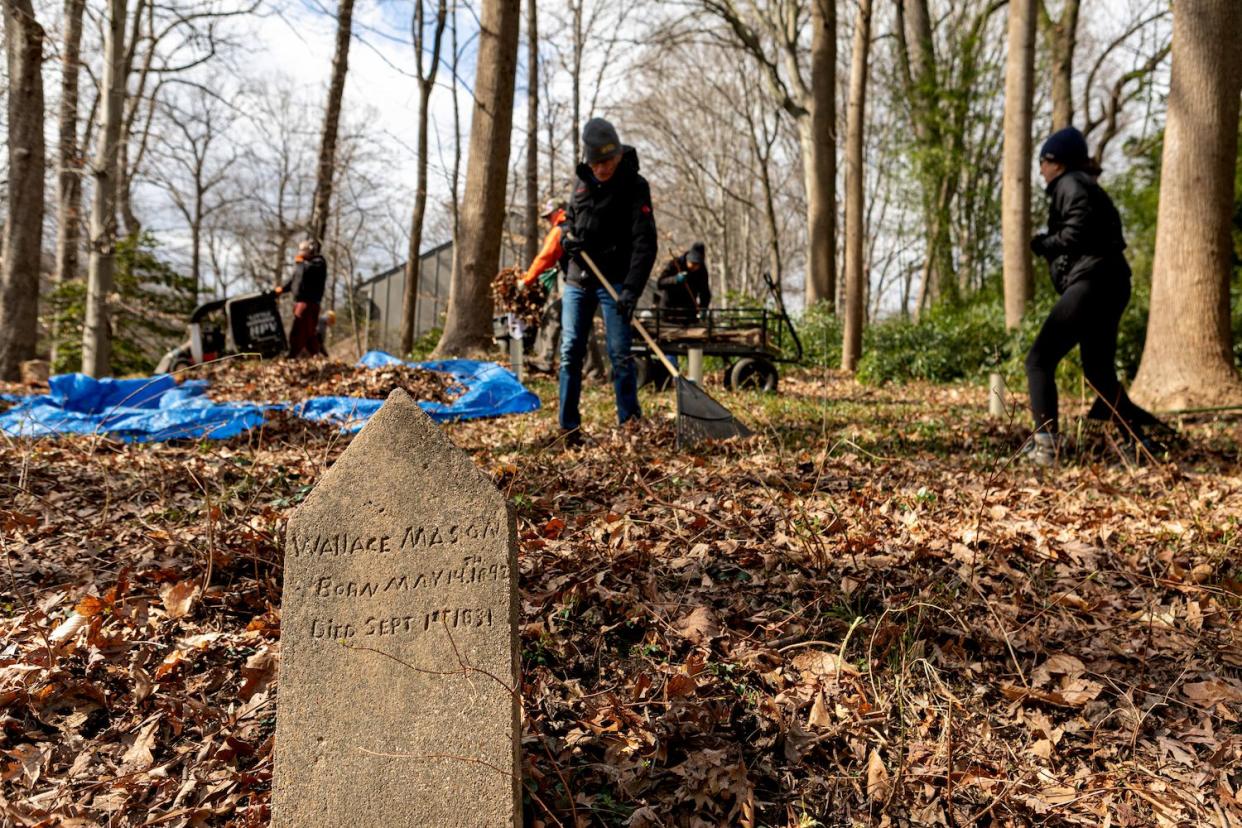
Cabin John, Maryland
Earlier this year, the National Trust noted that “A coalition of neighbors and descendants is leading the effort to save this place by advocating that new Capital Beltway construction avoid the cemetery and hall site.” The sites were established around 1885 near Gibson Grove, a post-Emancipation Black settlement. The residents, which included some former slaves, created a society to care for the sick, bury the dead, and provide support to the Black community. Highway construction in the 1960s, though, ran through the community, taking away a portion of the cemetery site, and further expansion continues to threaten the site. With just the foundations of Moses Hall remaining, Friends of Moses Hall was established in 2020 to battle further highway expansion and, “to preserve the site as a hallowed final resting place and as an important African-American historical site.”
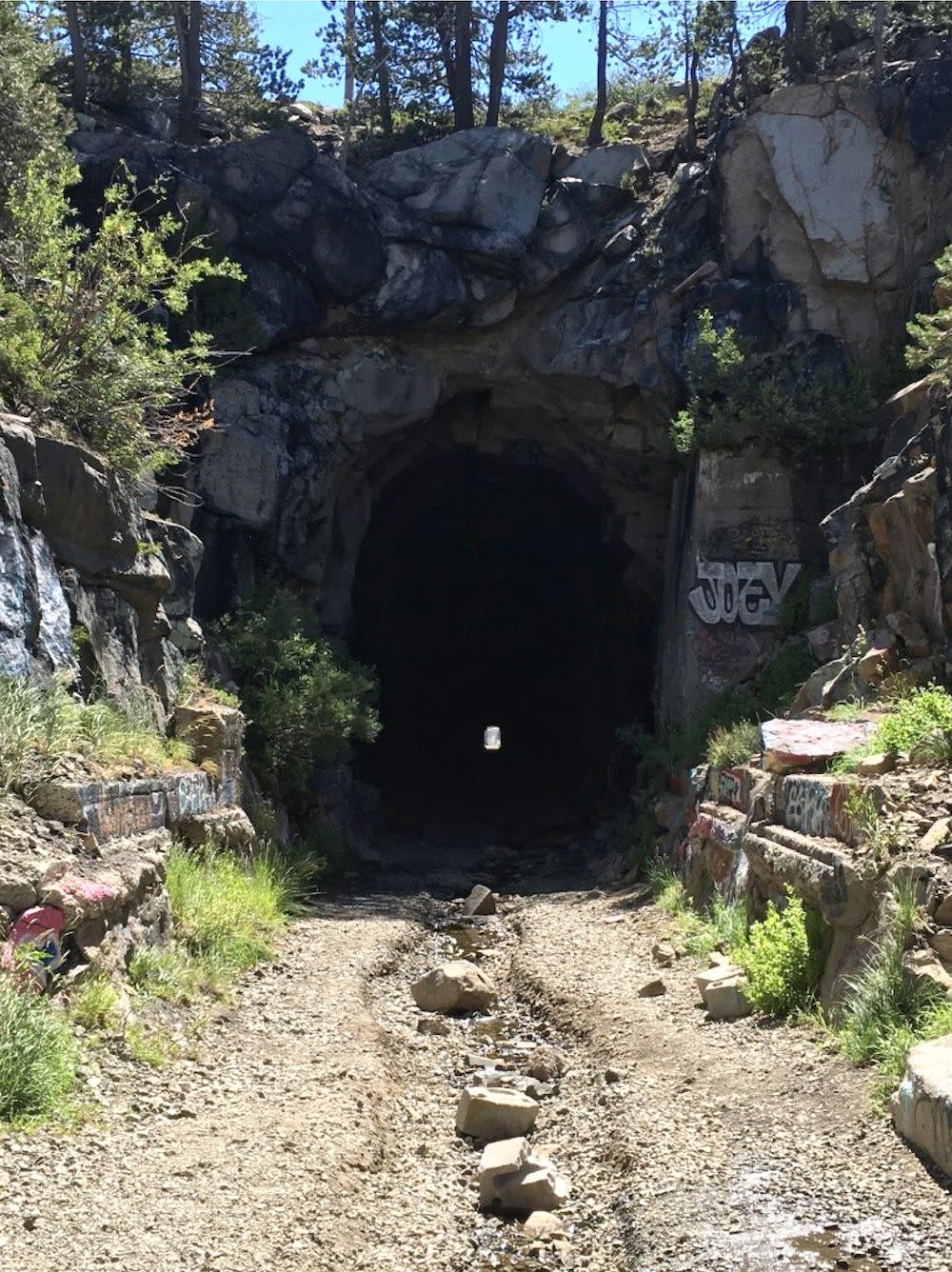
Truckee, California
These tunnels and a related campsite are testament to the thousands of Chinese railroad workers who constructed the Transcontinental Railroad through the Sierra Nevada mountains from 1865 to 1867. While doing this life-threatening work, these workers were paid less than their white counterparts, the National Trust noted earlier this year in its citation. As Explore APA (Asian Pacific American) History reports, “Aside from dangerous blasting, numerous Chinese men lost their lives during the harsh and windy winters.” Today, vandalism including graffiti and ignorance of their history threaten their legacy. As the trust noted, “Highlighting how Chinese laborers accelerated the development of the American West, and better interpreting and protecting these sites, would honor this important and often overlooked part of our country’s history.”

Boston
Recognized this year, the Boston Harbor Islands — some 34 islands and peninsulas just minutes from the city’s center — have a history dating back some 12,000 years. The region, part of a National and State Park, includes the most intact Native American archeological landscape remaining in Boston, along with historic Fort Standish and the Boston Light lighthouse, among other treasures. As the National Trust reports, “Storm surges, which are intensifying due to climate change and sea level rise, are causing accelerated coastal erosion resulting in the escalated loss of archeological sites and other historic resources.” Its call for preservation extends to both the historic and natural resources.
For more great travel tips, please sign up for our free newsletters.
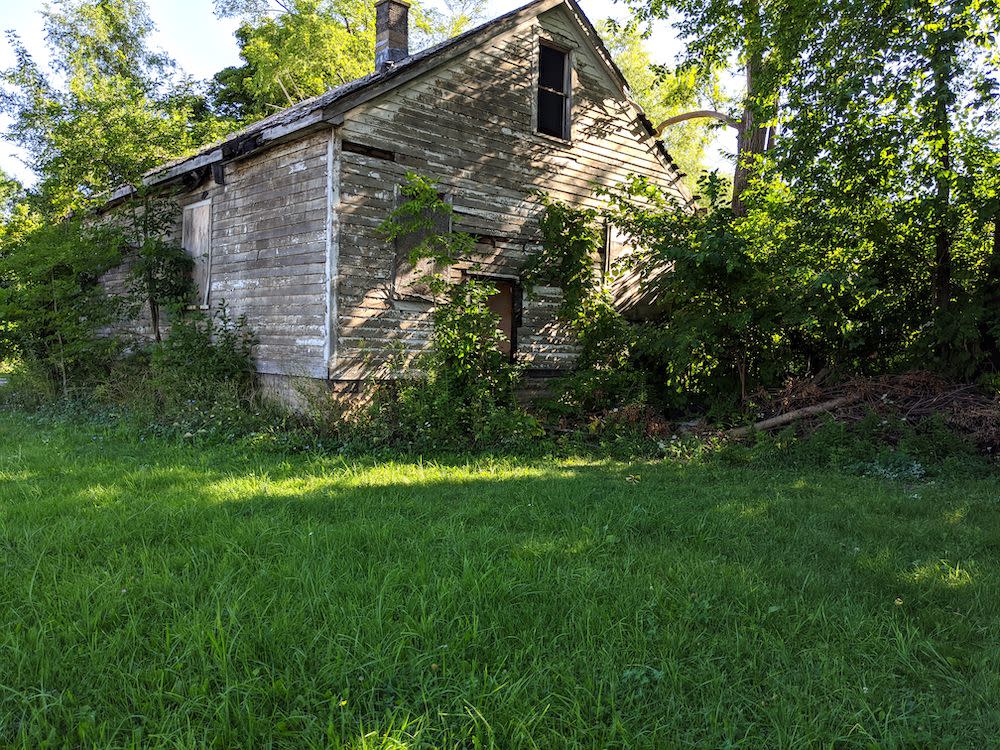
Detroit
As the National Trust reported earlier this year, “Sarah Elizabeth Ray was a Civil Rights activist who was ejected on the basis of race from the SS Columbia, a steamboat that carried passengers to Detroit’s Bob-Lo Island Amusement Park. In response, Ray and the NAACP filed suit against the Bob-Lo Excursion Company for violating Michigan’s civil rights laws.” The ensuing battle — and eventual Supreme Court victory — proved a precursor to the Brown v. Board of Education decision, which struck down the legal doctrine of “separate but equal.” Ray’s civil-rights work continued throughout her life and included the opening of a community center called Action House, with her living next door. Today, just her former home survives, deteriorated and uninhabited, though her memorabilia remains. The Sarah E. Ray Project is spearheading the efforts to save the house, its contents and share the story of Ray, whom it calls “Detroit’s Other Rosa Parks.”
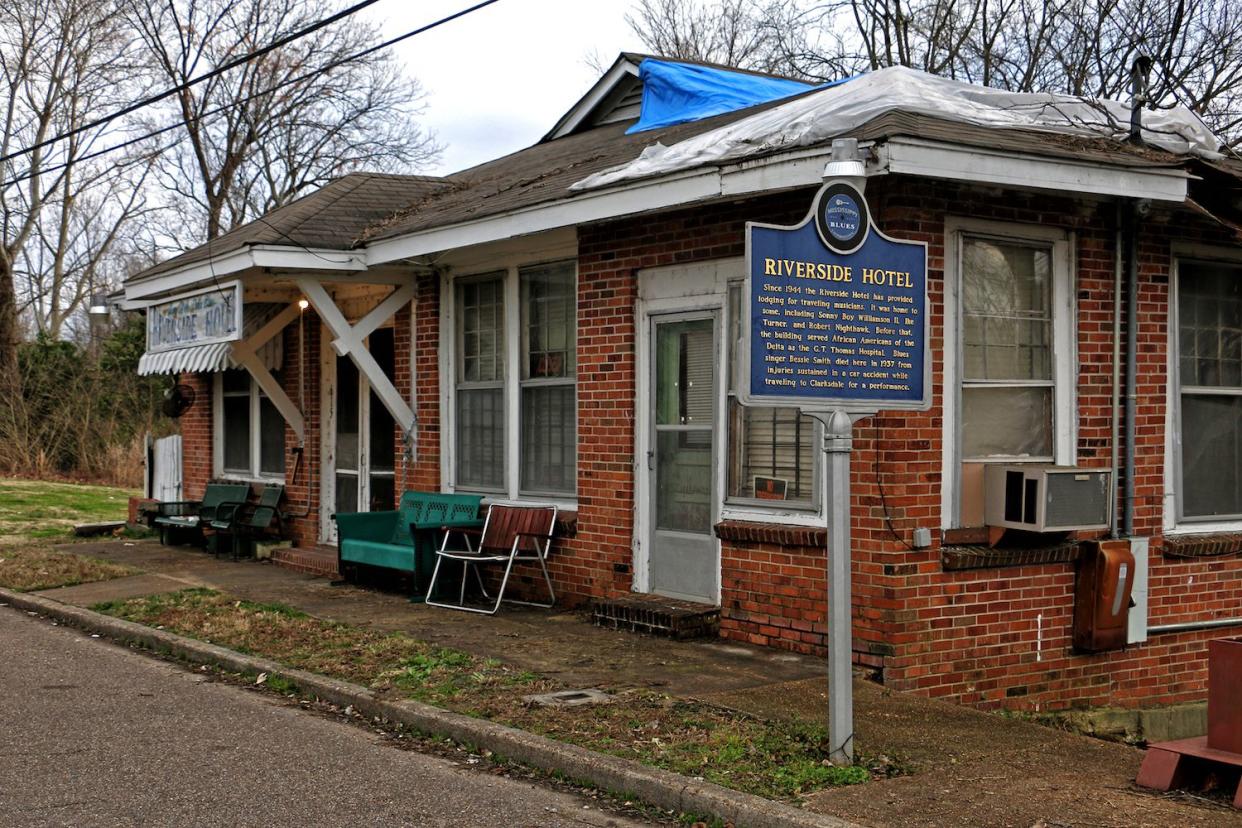
Clarksdale, Mississippi
The Riverside Hotel was one of the only Black hotels and boarding houses in Jim Crow-era Mississippi, opened in 1944 by Mrs. Z.L. Ratliff. Hosting numerous musical legends, from Muddy Waters and Sam Cooke to Howlin’ Wolf and Duke Ellington, solidified its place in musical history as a landmark of the Delta Blues sound and the early days of rock 'n' roll. The National Trust noted in its 2021 recognition, “Owned by the Ratliff family since 1957, The Riverside is also the only hotel related to blues history that is still Black-owned in Clarksdale. But the building, which has not been operational since the twin challenges of the pandemic and storm damage in April 2020, needs significant rehabilitation.” Funding and partnerships are being sought for repairs and a planned reopening for travelers and blues fans alike, led by a GoFundMe campaign.
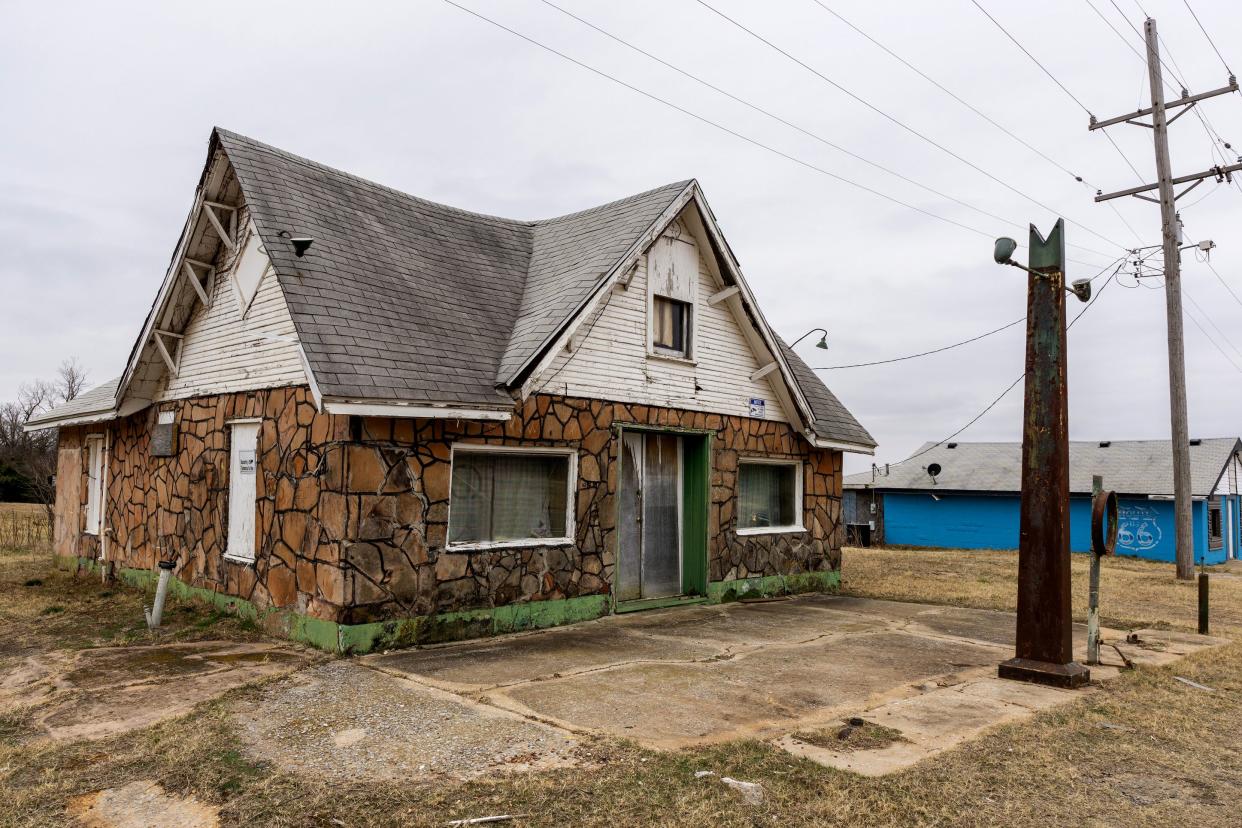
Luther, Oklahoma
Fans of Route 66 history take note: The Threatt family sold produce from its family farm in the early 1900s and would go on to add a filling station (1915), ballfield, outdoor stage and bar along this famed roadway. As the National Trust cited in its spotlight earlier this year, “The filling station was the only known Black-owned and -operated gas station along Route 66 during the Jim Crow era, making it a safe haven for Black travelers. The farm also reportedly provided refuge to Black Oklahomans displaced by the 1921 Tulsa Race Massacre.” The Threatt family today still owns the property and is seeking to revitalize the site for the 2026 centennial of Route 66. The Threatt Family Filling Station Foundation notes, “The farm and filling station can remind us all of a time that is too easily forgotten, but should be remembered as an example of perseverance under the hardest of times — a model for us today to work hard, help others, and believe in achievement against the odds.”
Related: Route 66: Then and Now
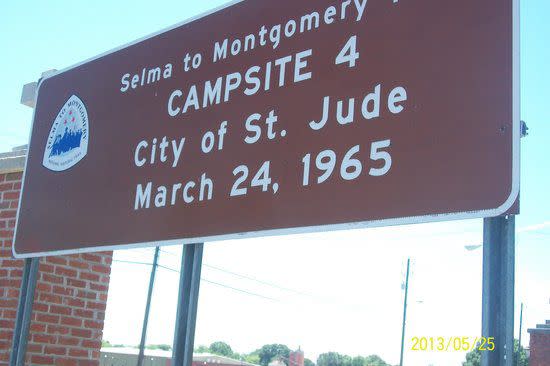
Selma, Alabama
This 2021 list choice recognizes how, during the 1965 march of Civil Rights demonstrators campaigning for full voting rights, three African-American farm owners along the route offered their properties as overnight stops. Among the marchers were Dr. Martin Luther King Jr., Coretta Scott King and Congressman John Lewis. Dr. King, as the National Trust notes, called these farm families among those “ordinary people with extraordinary vision,” risking their lives to support the cause. Today, these family farms along the Selma to Montgomery National Historic Trail remain intact but are in need of repairs and updates to have their stories more fully told.
Related: Amazing Places to Learn About Black History
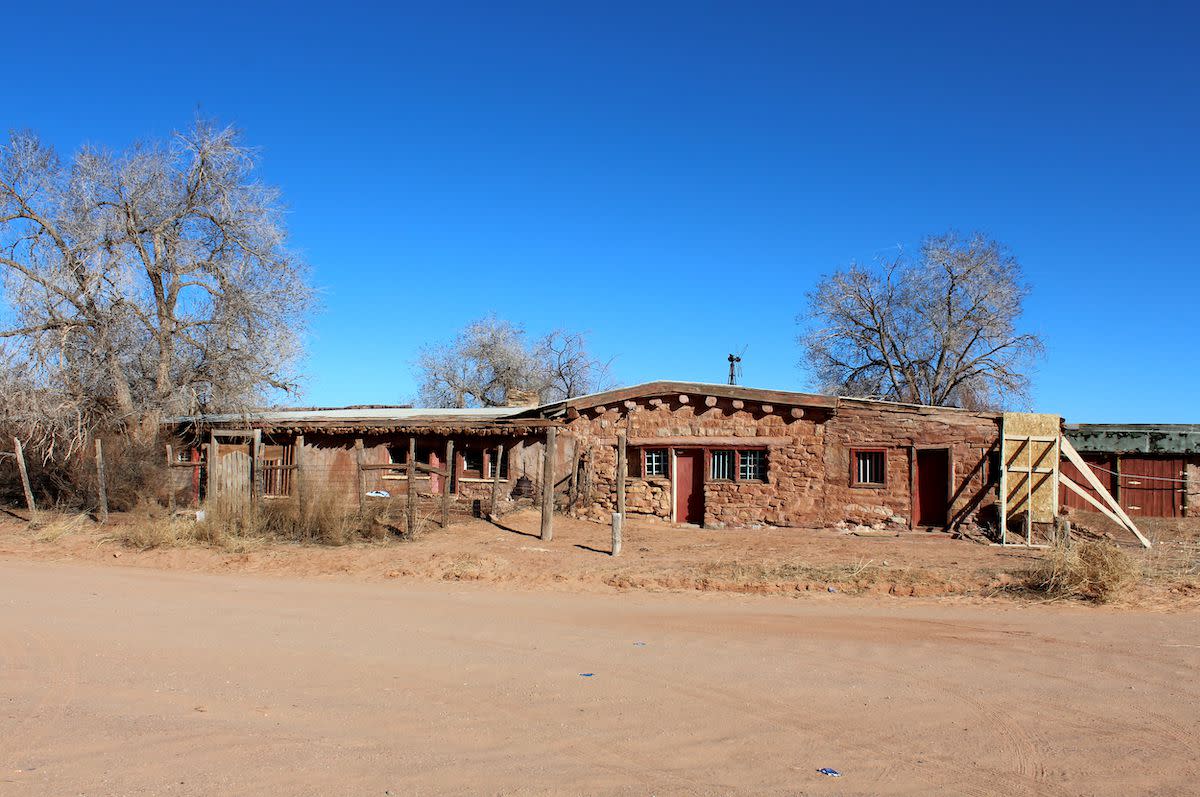
San Juan County, Utah
There was a time when Navajo communities operated trading posts that not only offered their goods but also became de facto community centers. The Oljato Trading Post dates back to 1921, the centerpiece of a National Register-listed complex that also includes a traditional space for overnight visitors. The National Trust said earlier this year, the trading post “is now entirely in Oljato and Navajo hands, providing an opportunity to adapt the trading post in a way that brings more resources, attention, economic opportunity, and social benefits to the tribal communities.” It’s continued to deteriorate in the decade-plus since its closing, with estimates at $1.3 million needed for rehabilitation that would create both a community center and tourist destination.
Related: 30 Stunning Photos of Iconic Landscapes in the American West
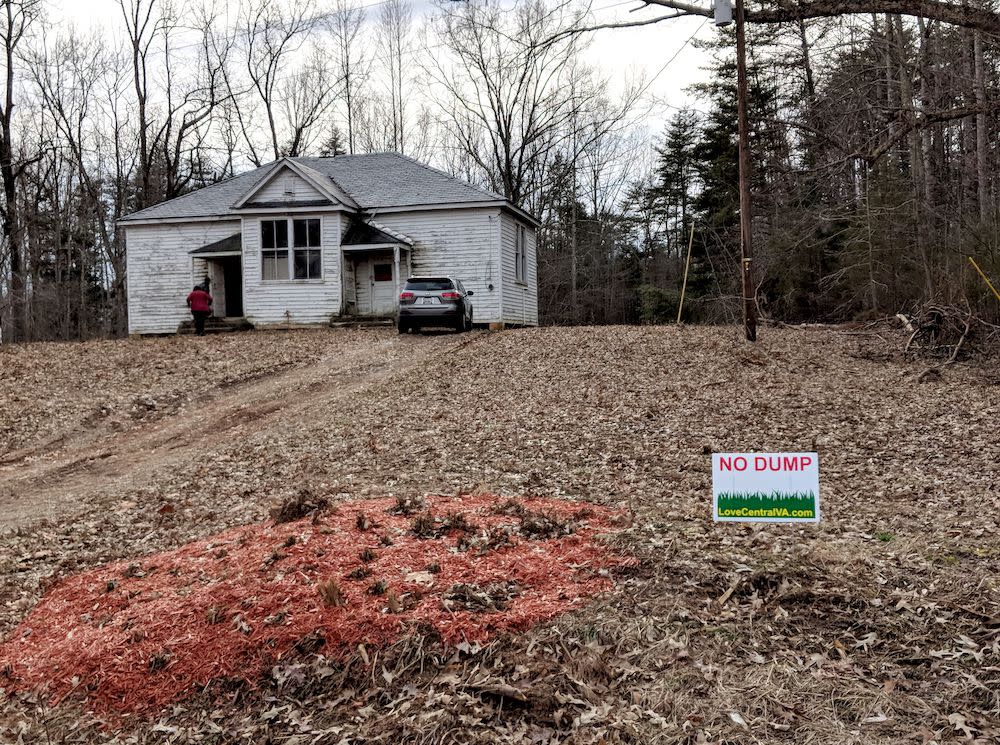
Cumberland, Virginia
Recognized earlier this year by the National Trust, Pine Grove was built in 1917 and served as a two-room elementary school for the area’s African-American agricultural community, while also providing programs and Civil Rights activities during the era of segregation. As the National Trust notes, “After it closed in 1964, the building was saved twice by Black community leaders, alumni, and descendants of alumni.” According to the Trust, preservationists believe the construction of a landfill nearby “could negatively impact their goal of using the school as a community center.” According to PreservationVirginia.org, “Increased traffic, noise and odors resulting from the facility would irreparably harm the historic and cultural resources, as well as harm to the adjacent wetlands and streams.”
Related: 30 Historic Schoolhouses Across America
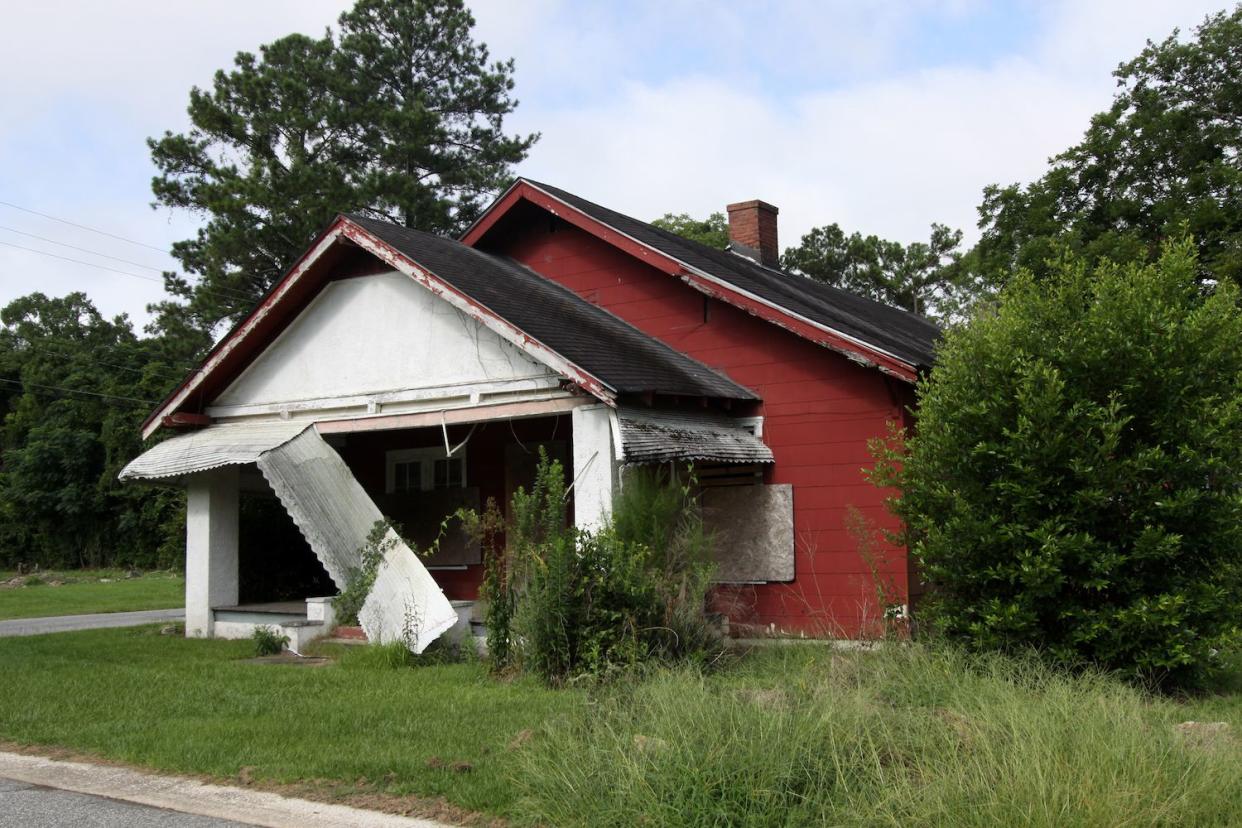
Camilla, Georgia
The Georgia B. Williams Nursing Home, spotlighted by the National Trust earlier this year, was the residence of Beatrice Borders, a Black midwife who used the space to serve the local communities during the Jim Crow era. Borders and her assistants delivered more than 6,000 babies over the decades, with the nursing home providing “the only known birthing center of its kind for thousands of Black women in the rural South during times of challenging economic and living conditions,” according to the National Trust. Today, the deteriorated, uninhabitable property remains vacant, though local supporters are campaigning to restore the site as both museum and educational center, with a preservation plan being developed, in homage to “Miss Bea” and the children she delivered.
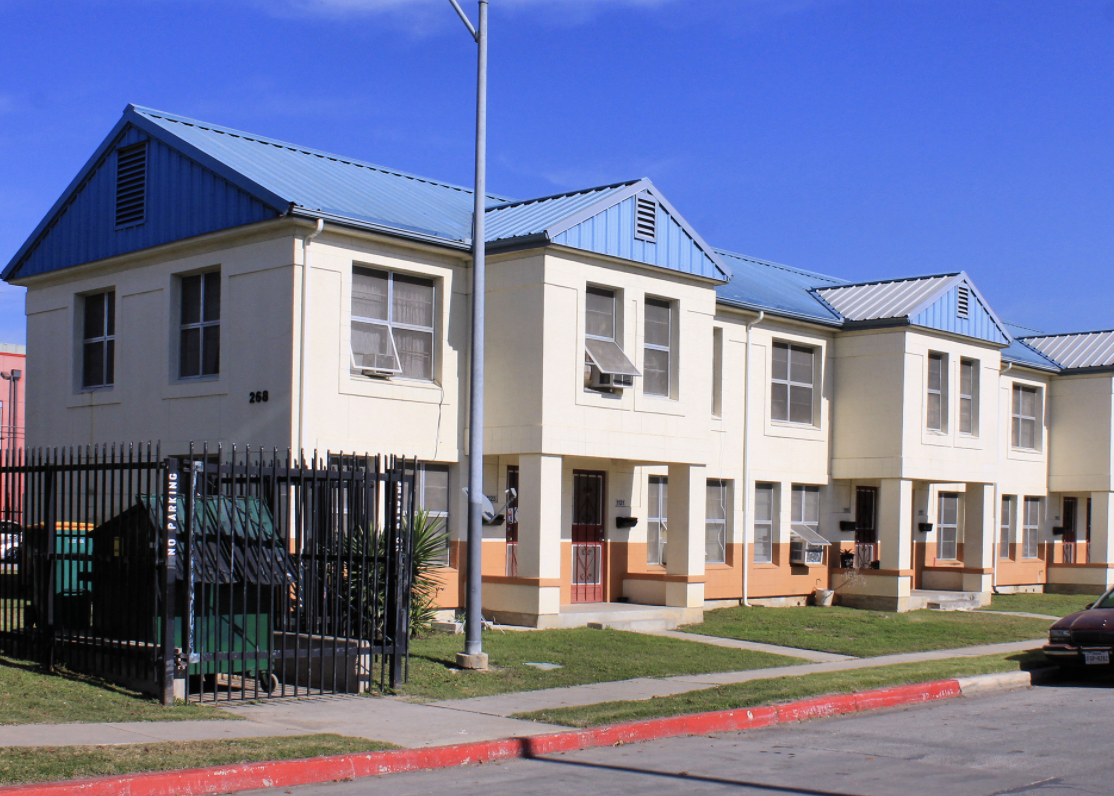
San Antonio
The oldest and largest existing public housing complex in the city, which opened in the early 1940s and is better known as “Los Courts,” reflects a time when segregation was legal. It provided affordable housing for Westside San Antonio’s Mexican American community, where, the National Trust noted in 2020, “families struggled with poverty, lack of municipal services, severe flood conditions, and high death rates.” Its future remains unclear. “Though Alazan-Apache Courts provide the San Antonio community with affordable housing and represent a part of Mexican American history, the San Antonio Housing Authority is planning to demolish these historic structures.” The fight is ongoing, though local media reported plans to raze the buildings were called off in 2021.
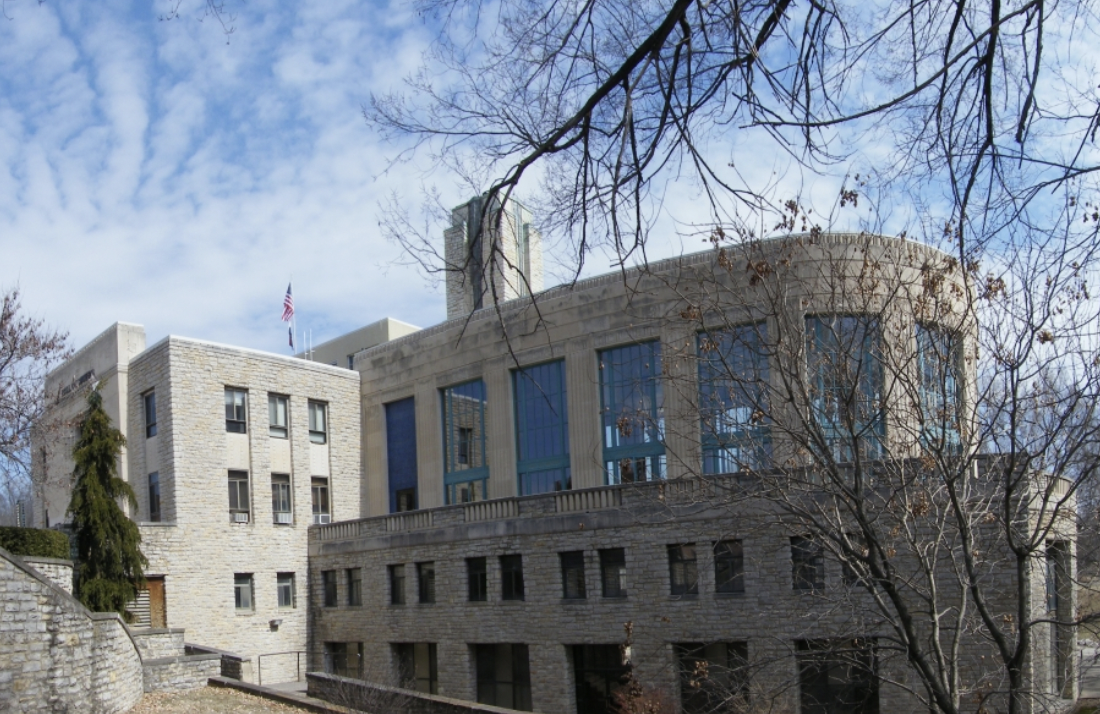
Excelsior Springs, Missouri
Tapped by the National Trust for last year’s “endangered list,” this site northeast of Kansas City was built in 1938, with input from the Public Works Administration, as a mineral water health resort. The Art Deco gem would go on to bottle and sell mineral water, offer “the world’s longest water bar,” a spa, and swimming pool. Today, the building is under the ownership of the City of Excelsior Springs and houses city offices and a tourist center. But, the Trust reported, it needs more than $16 million in rehabilitation.
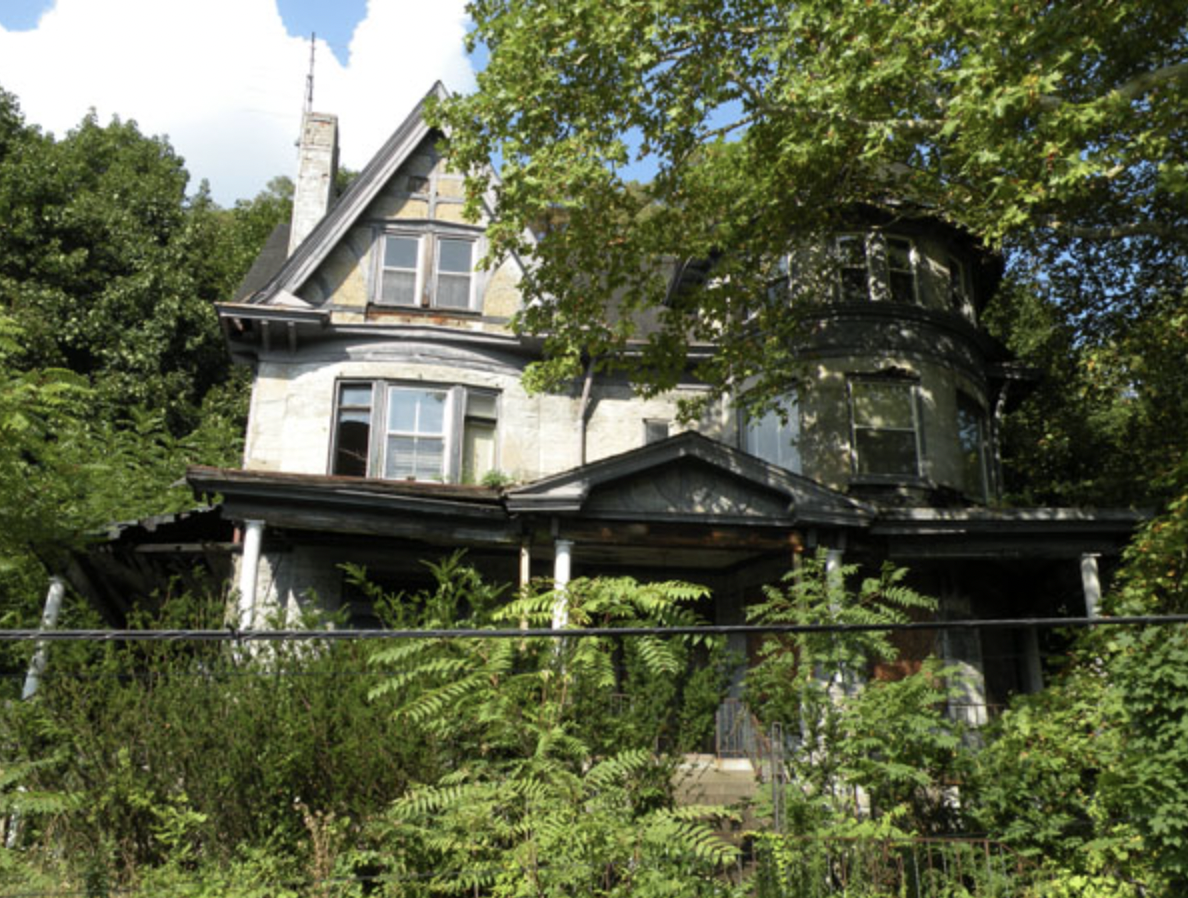
Pittsburgh
This site found itself on the 2020 list of the National Trust, a nod to its storied past. Not only did this 1894 residential property serve as headquarters for the nation’s first Black opera company (the National Negro Opera Company, established by Madame Mary Cardwell Dawson in 1941) but also provided housing for notables including singer Lena Horne and sports legends such as baseball’s Roberto Clemente. The Trust reported the house remains vacant and “severely deteriorated, but local advocates are working with community partners to create a plan for stabilization and identify potential new uses that honor the building’s legacy.” The Pittsburgh Post-Gazette reported the efforts continue, with grant money received and its owner seeking approval from Pittsburgh’s Historic Review Commission for the project.
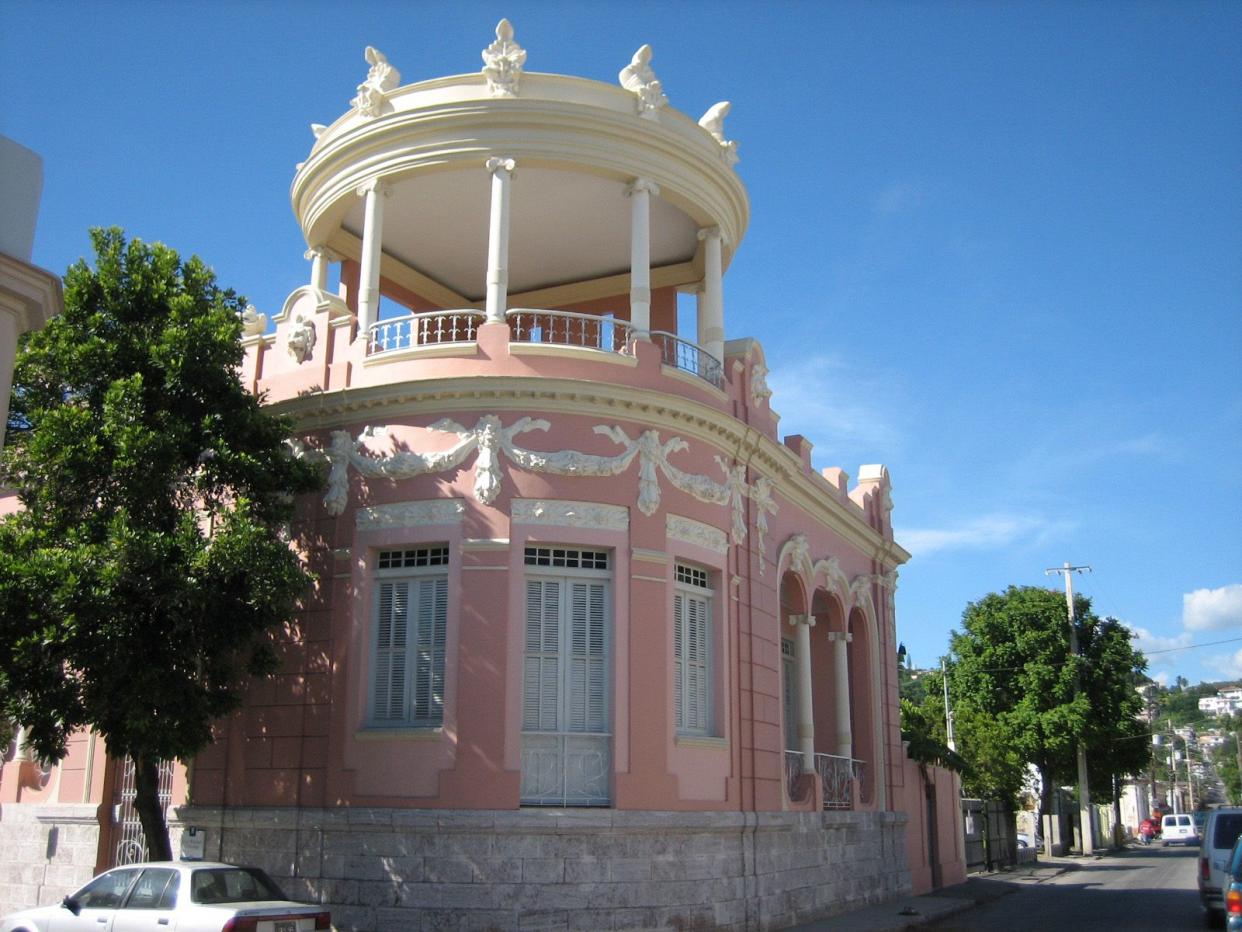
Ponce, Puerto Rico
Ponce is the island of Puerto Rico’s second-largest city, key in its history, and filled with architecture reflecting its past. Its downtown has been designated as a historic zone, but since late 2019, earthquakes and tremors have caused major damage to its sites. This added to the damage already caused by Hurricane Maria. A recovery plan is in need of funding, leading to the National Trust to recognize this site in 2020.
Related: Things You Didn't Know About Puerto Rico
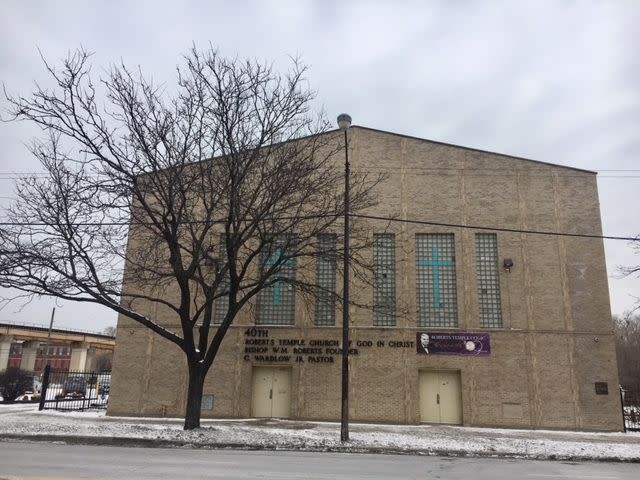
Chicago
This church hosted the 1955 visitation and funeral for Emmett Till, whose mother insisted on an open casket. This was a way, the National Trust noted in 2020 for “mourners to see the condition of her 14-year-old son’s body, brutally murdered in Mississippi after being accused of whistling at a white woman.” The murder, the Trust added, “appalled and angered the thousands who waited in long lines to pay their respects, and helped catalyze the Civil Rights movement.” A Chicago landmark for that sad chapter of history, today the church suffers structural issues. Preserve Roberts Temple said that a drive for renovation got a boost when the project was introduced to the National Historic Site Act to the U.S. Senate.
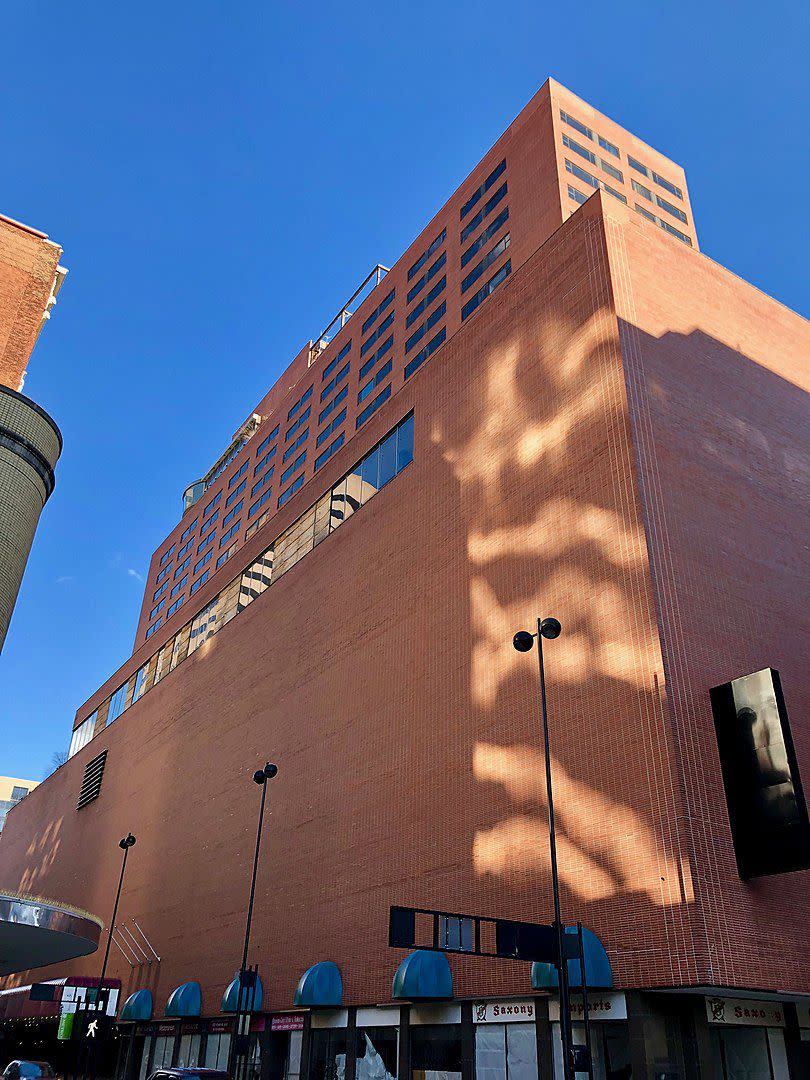
Cincinnati
One of the first post-war hotels in the country (1948), this site remains notable as the first hotel by the iconic architectural firm Skidmore, Owings & Merrill. The National Trust in 2020 noted, as well, that “Pioneering female architect Natalie de Blois played a major role in the hotel’s design.” The underused and mostly vacant building is in danger, despite a local landmark designation received in 2019. It’s thought a rehab will both preserve history but also benefit the downtown economy. Architectural Digest trained its prestigious spotlight on the venue, calling it, “the hotel that introduced modernism to the U.S.” and highlighted its distinctive features including artwork by Joan Miró, Alexander Calder, and others.
Related: 27 Iconic and Unique Motels Across America
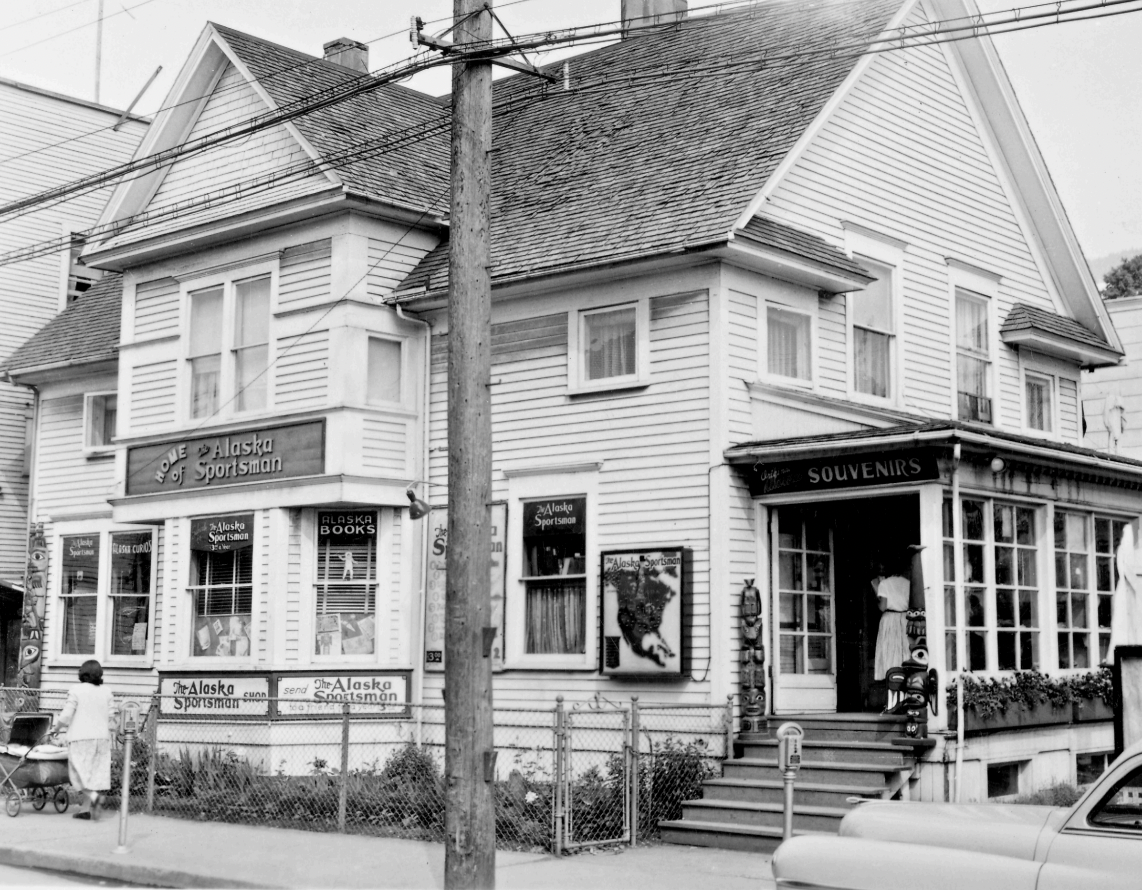
Ketchikan, Alaska
Originally a 1905 clergy house of the local Episcopal mission, this site was soon repurposed as a 12-bed hospital during the town’s early growth. It was recognized by the National Trust in 2020, when it was then vacant for some 15 years and impaired by deterioration on many fronts. Funds are being raised in hopes of restoring the building and adding a museum to share its history.
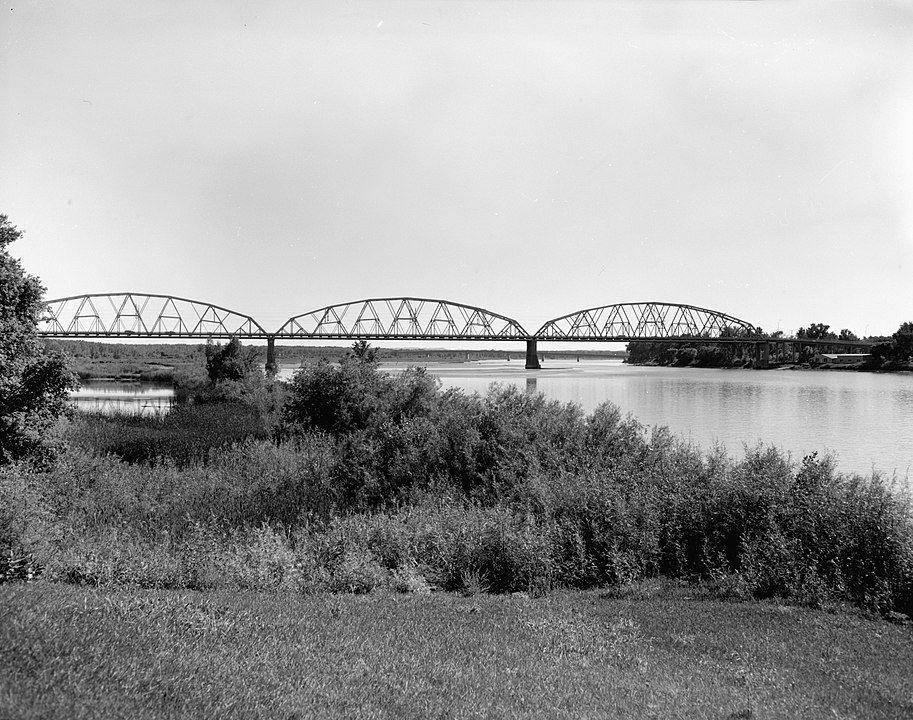
Bismarck, North Dakota
The National Trust recognized this site in 2019, a rail bridge connecting two North Dakota communities and the first bridge built across the upper Missouri River back in 1883. The Trust noted that the “iconic bridge has been recognized as an International Site of Conscience for the role it played in opening the western United States to white settlement — and the resulting profound impacts to Native American communities — but it has been proposed for demolition by railway company BNSF.” The Friends of the Rail Bridge said the Coast Guard — as part of the National Historic Preservation Act — was accepting public comments on an Environmental Impact Statement. The efforts might lead to a preservation solution, with a new bridge being built adjacent to the historic structure.
Related: Beautiful Historical Photos of Famous American Bridges
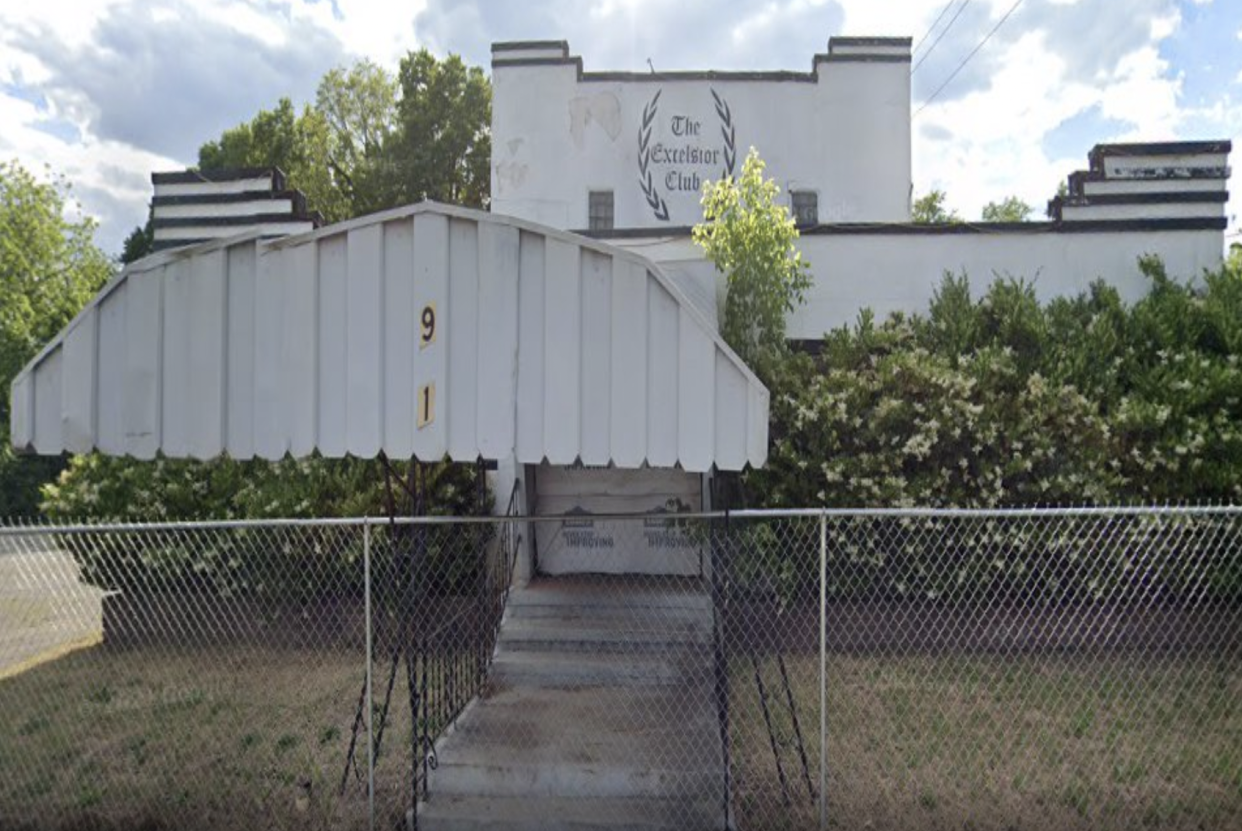
Charlotte, North Carolina
The National Trust tapped this site in 2019, a venue listed in “the Green Book” (made famous in the 2018 film) and considered, “a leading private African-American social club in the Southeast hosting artists like Nat King Cole and Louis Armstrong during its heyday.” The iconic Art Moderne site was put up for sale and in early 2020, it was reportedly purchased by a California-based investment group. Local government entities were contributing to a loan/grant package to “help the buyer preserve and redevelop” the club, according to WFAE, Charlotte’s local NPR station. QCityMetro reported that the "California-based developer who bought the Excelsior Club with plans to redevelop the property said he wants to recapture the Excelsior’s legacy as a center of Black social and political activity.”
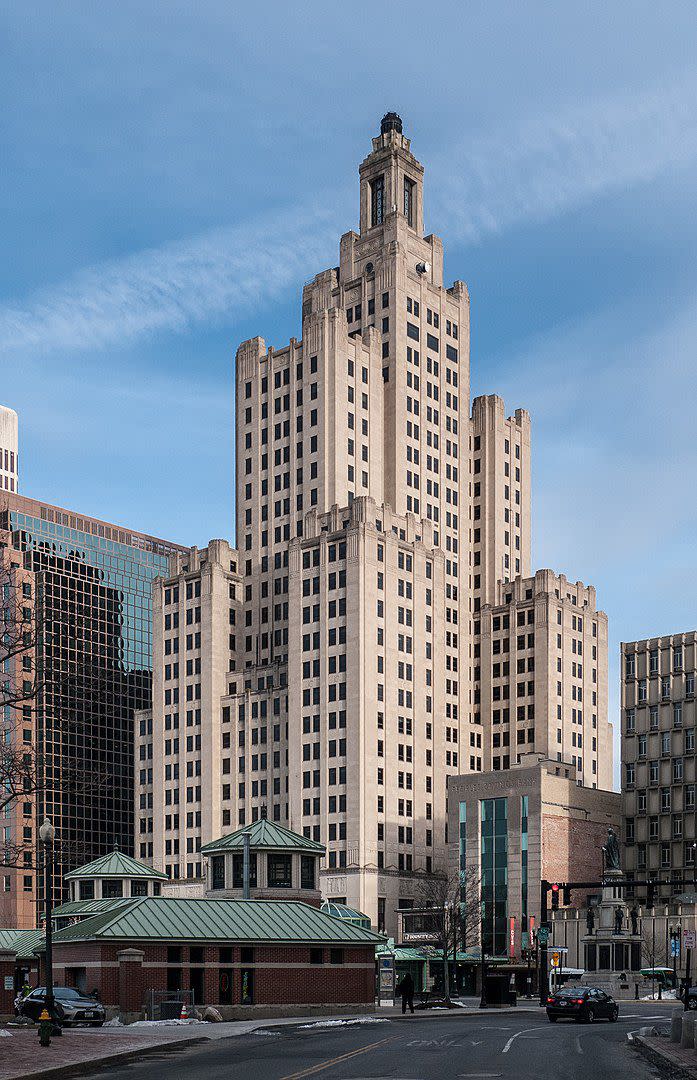
Providence, Rhode Island
An icon of the Providence skyline since its 1928 debut, the onetime bank headquarters the Industrial Trust Company Building had been vacant for some six years when the National Trust spotlighted it in 2019. Within the city’s “Opportunity Zone,” which qualified it for tax incentives, the so-called “Superman Building” — for its resemblance to the tower in the superhero stories — continues to seek a preservation plan. In September, the Providence Journal reported that “Concern over the plight of Rhode Island’s tallest building is so acute that at least one member of the City Council wants to explore having the government seize the empty ‘Superman building.’”
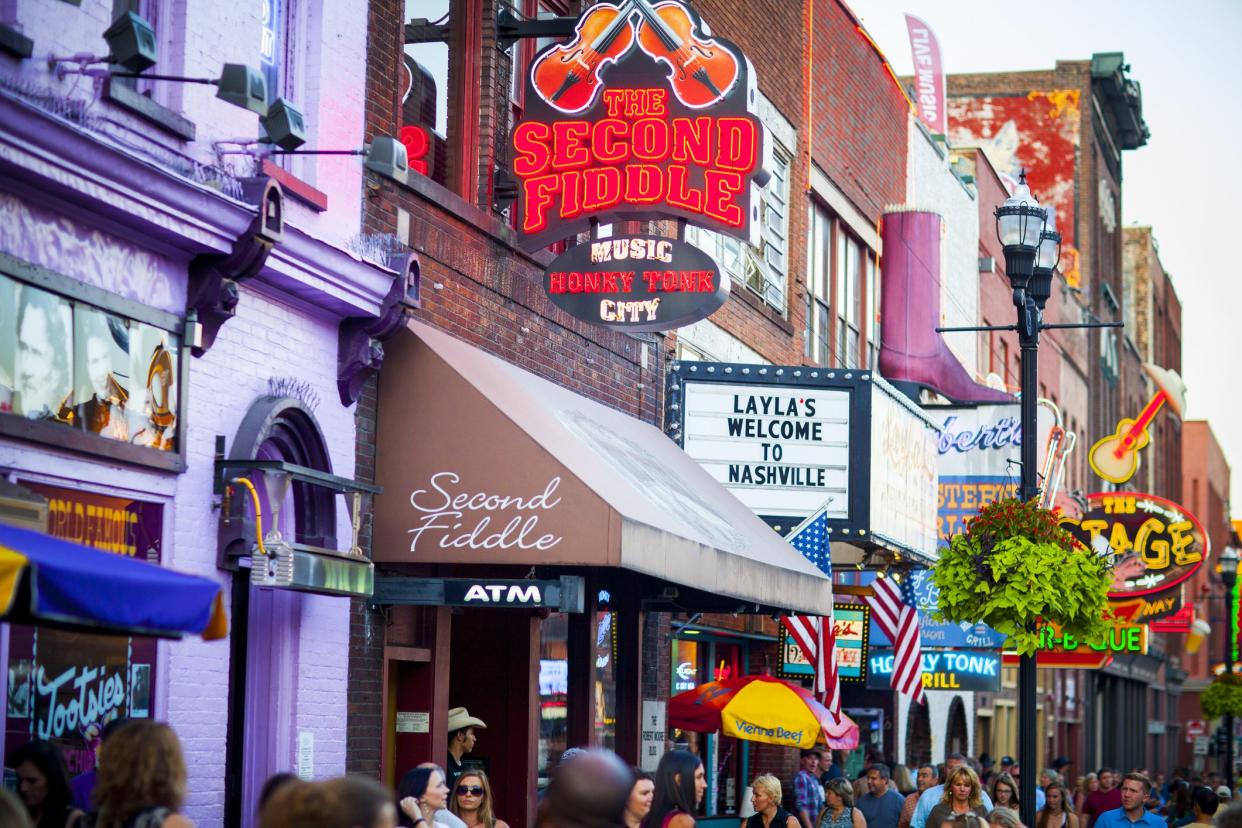
Nashville, Tennessee
Many have heard of Nashville’s Music row, a congregation of more than 200 music-related businesses and the heart of the city’s music industry. The National Trust noted in 2019, “Despite its critical role in the identity, economy, and culture of internationally renowned ‘Music City,’ Music Row is on pace to becoming a thing of the past. Since 2013, 50 buildings — the majority serving music-related functions — have been demolished to make way for new development. With a redevelopment plan in place, preservationists continue efforts, including the placement of interpretative signs, to keep the history in the forefront.
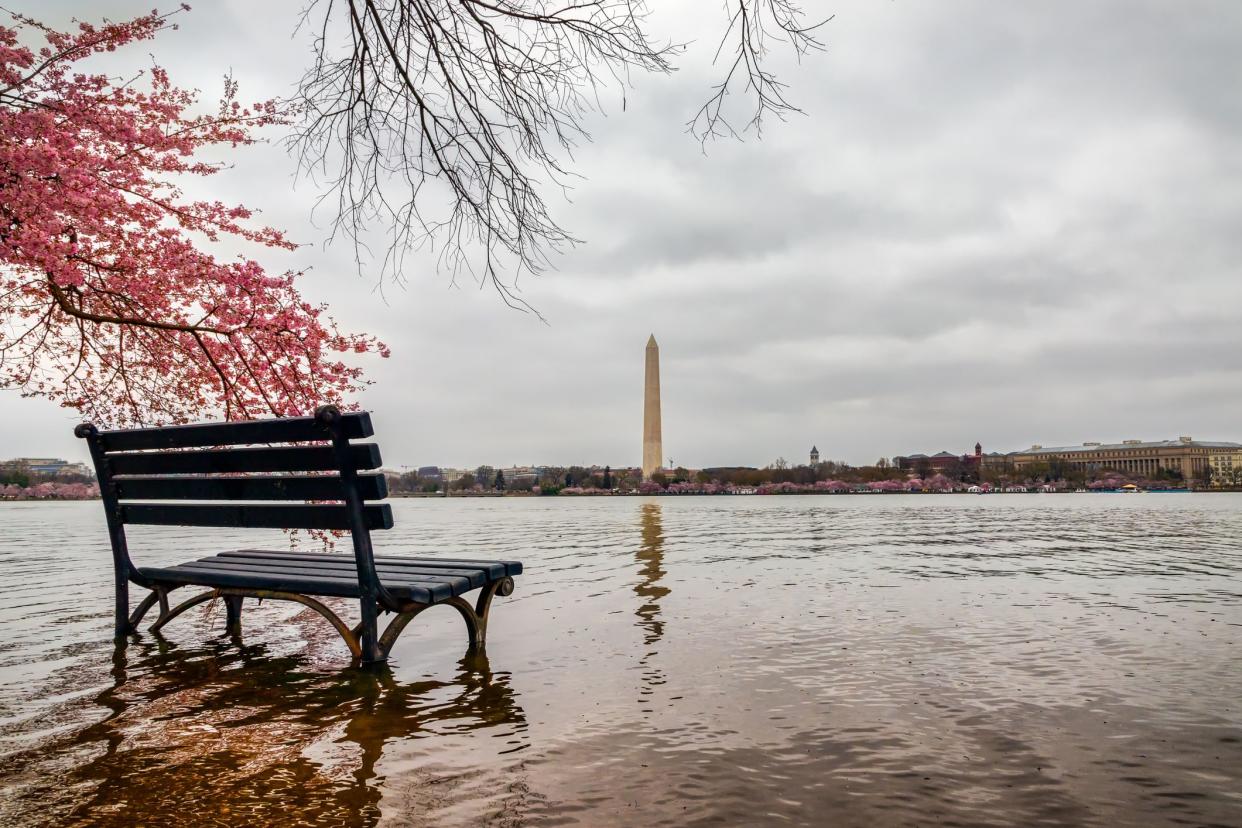
Washington, D.C.
Recognized in 2019 by the National Trust, this iconic destination and site of so much U.S. history — not to mention its monuments and tourist-drawing cherry blossoms — has been sinking, with some estimates putting the needed repairs at a cost of up to $500 million. The National Park Site is in the midst of a campaign to ensure its future, with architects tapped for preservation plans.
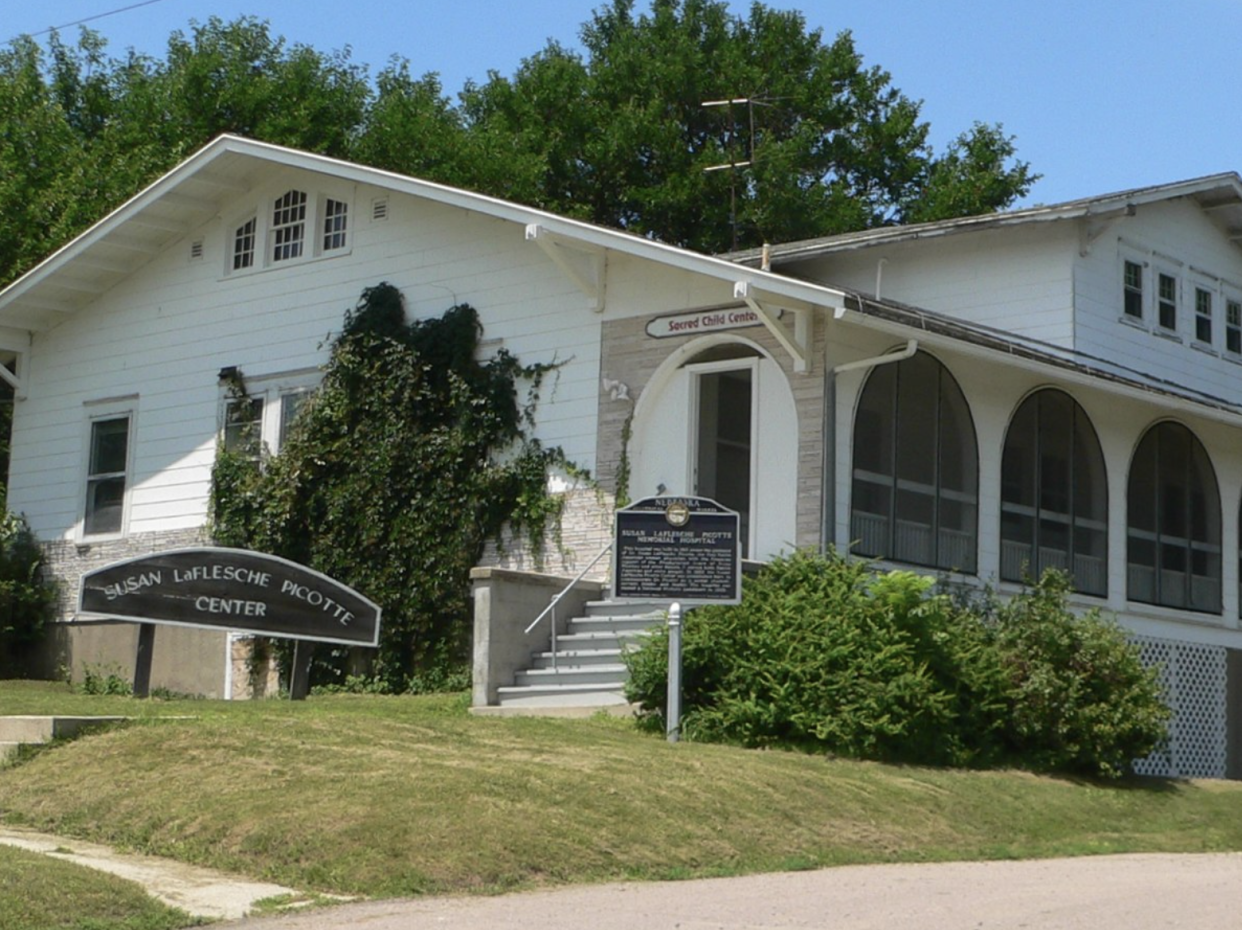
Omaha Indian Reservation, Nebraska
Donations are still being sought for this 1913 hospital, named after the first Native American licensed to practice medicine in the country and “believed to be the first hospital constructed for any Indian reservation without federal funding,” according to the National Trust. The goal is to restore the structure to “create a community center and wellness clinic for the Omaha Tribe and the residents of the Walthill area,” according to the website of the renovation effort.
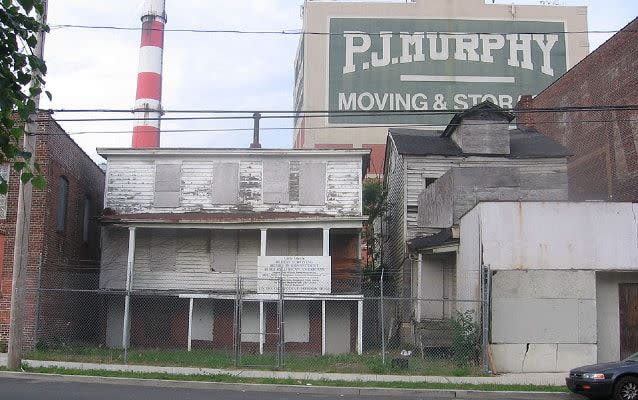
Bridgeport, Connecticut
Widely considered the oldest houses built by African-Americans in Connecticut, the National Trust reported in 2018 that the, “Freeman Houses help to tell the unique story of the free black community in the North prior to the Civil War. The houses have been vacant for many years and are badly deteriorating.” Today, the Mary & Eliza Freeman Center for History and Community continues work to spotlight the area’s rich history, serve its community — and to “completely restore” the Freeman houses.
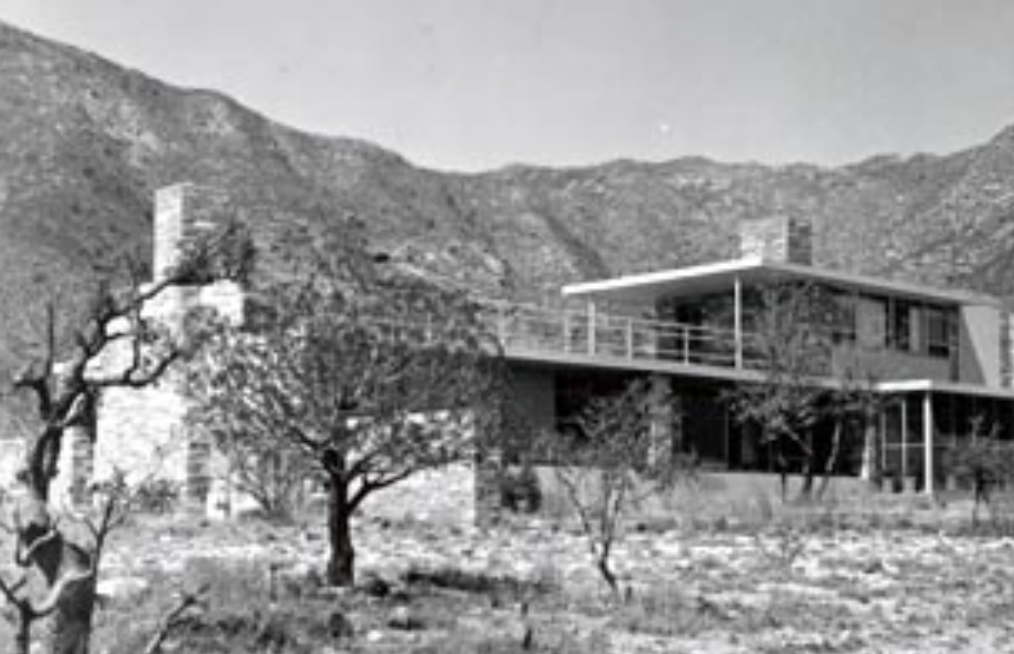
Salt Flat, Texas
Located within Guadalupe Mountains National Park, this striking early Modernist house is a part of architectural history. As the National Park Service notes, “The Wallace E. Pratt Residence, also known as Ship on the Desert, was designed in 1941 by the New York City architecture firm of Milliken & Bevin and constructed between 1941 and 1943 … The cultural landscape is an outstanding example of early 20th-century high-style modernism in the Trans-Pecos region, notable for its architecture and for its association with petroleum geologist Wallace E. Pratt." It has suffered from deferred maintenance and is not currently open to the public. Most recent reports note it is being used for research. The National Trust spotlighted it in 2018.
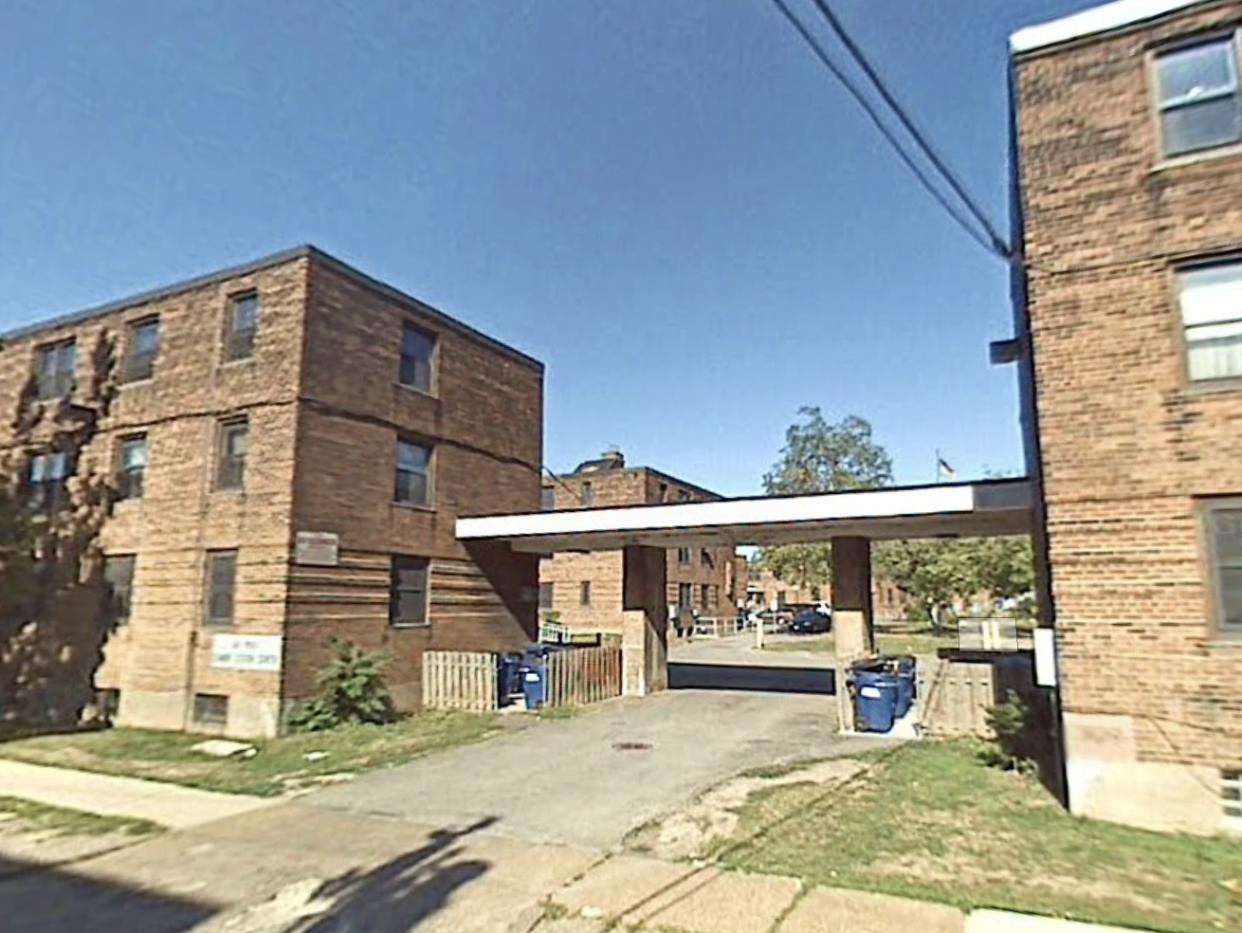
Buffalo, New York
In 2019, the National Trust noted, “This complex, a unique example of early Modernism with bas-reliefs depicting scenes of everyday life, was New York State’s first housing project constructed specifically for African-Americans. Today, the site is vacant and many of its structures are open to the elements. The Buffalo Municipal Housing Authority has proposed demolishing the complex to construct replacement housing.” The Architect’s Newspaper reported, “Buffalo says its first National Register-eligible African-American housing project can’t be saved. Preservationists beg to differ.” Stay tuned.
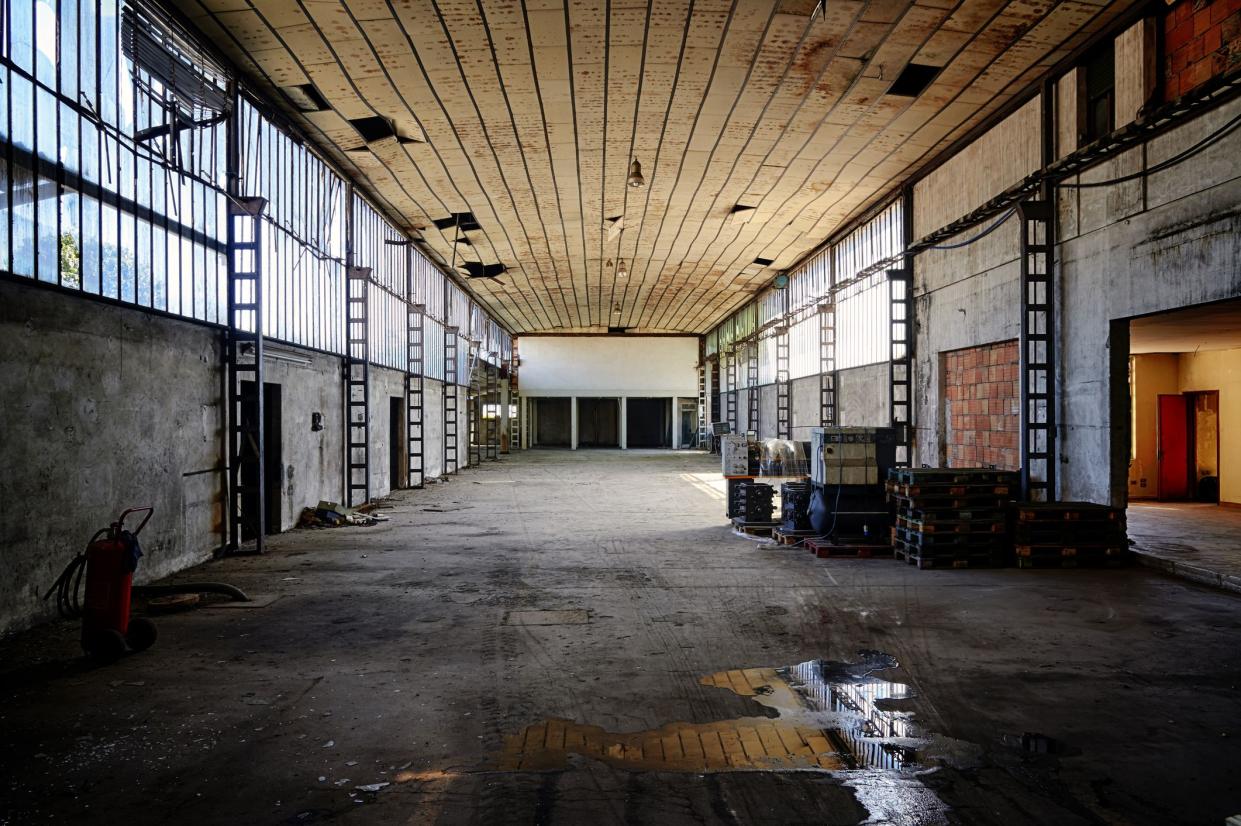
Like Cheapism's content? Be sure to follow us.
